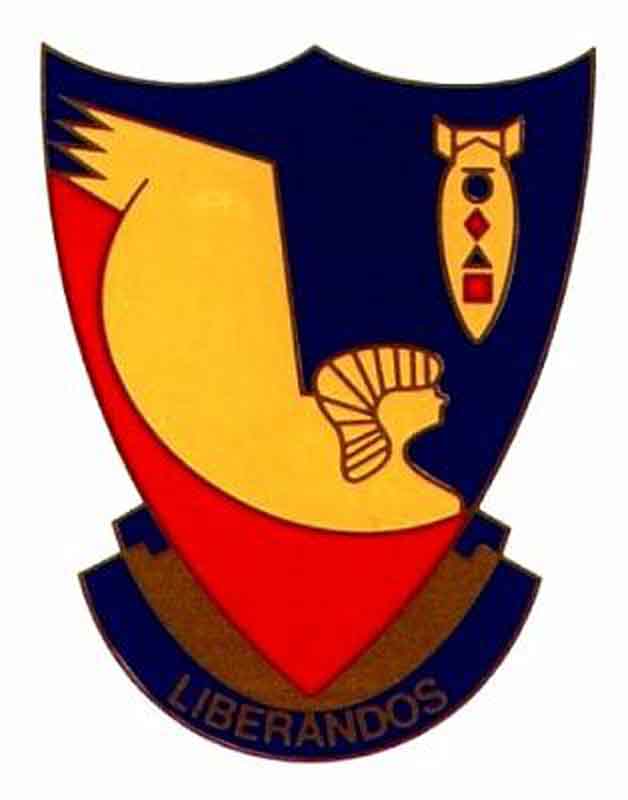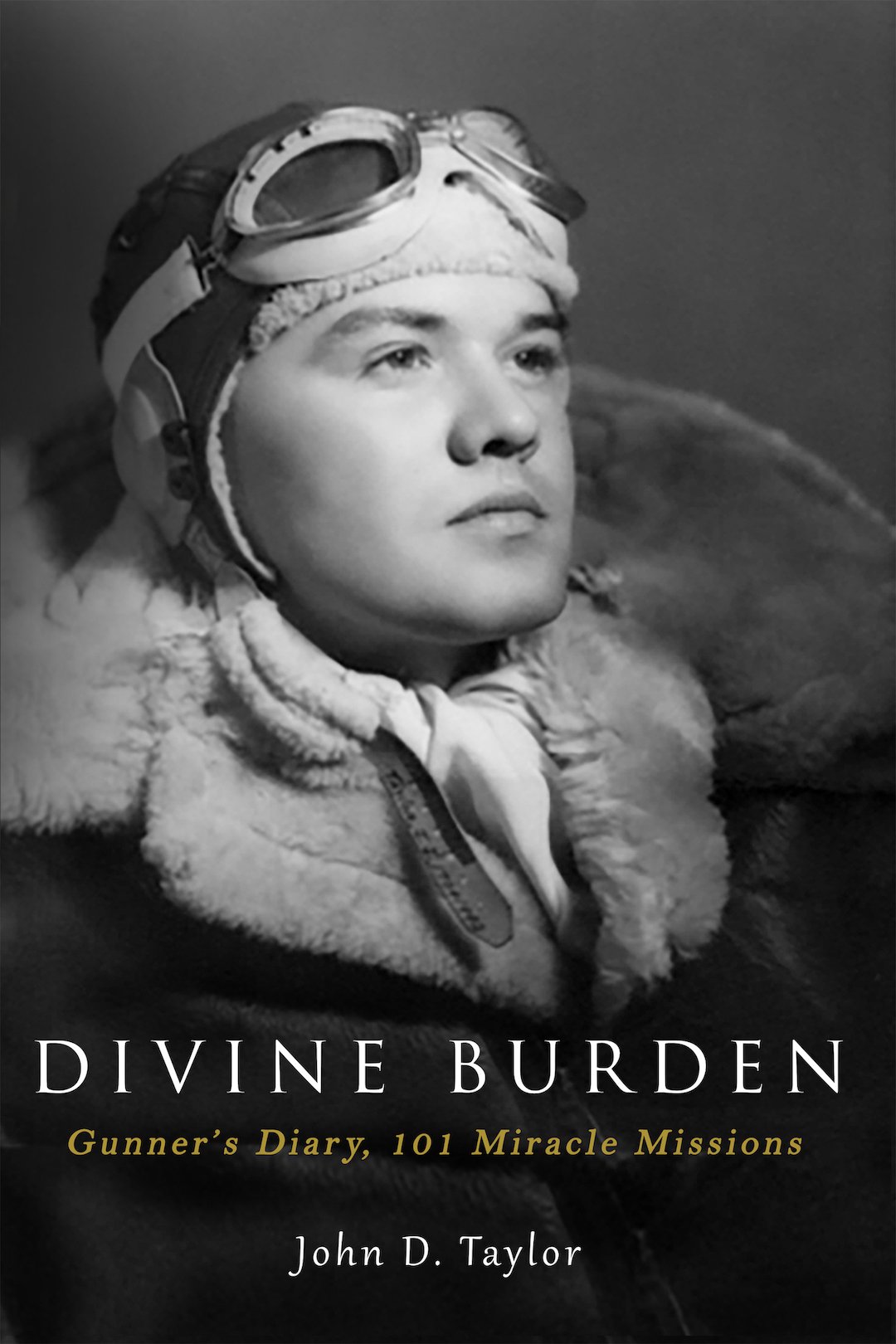Hranislav Rakić
Click here to read his published analysis.
This is the text of his analysis, via the Google translator:
POSTED BY JUGPRESS ON SEPTEMBER 7, 2022
LESKOVAC
... The question arises as to why Leskovac was bombed, but no one can say that. At one time it was rumored that Leskovac was a workers' town and that the Americans and the English wanted to destroy it, Hranislav Rakić, a well-known Leskovac historian, told the Regional Information Agency JUGpress about the bombing of Leskovac.
"There are two books about the bombing, one is the "Bombardment of Leskovac", in which Žika Stojković and I are the authors, where there is a detailed list of people killed in that bombing. By the way, considering the scene after the bombing, many thought that a large number of people had died, the figure of 7,000 was also mentioned. At that time, Leskovac had about 20-21,000 inhabitants, so it turns out that every third person died. That's not true, but it's not established either...
JUGpress: So many decades after the Allied bombing of Leskovac, there are still controversies as to why Leskovac was the target of the bombers at the end of the war?
Rakić: Koča Popović came to this field in June 1944 at the airport in Kosančić as the commander of the Main Staff of the NOP of Serbia. With him comes the American scout (Fitzroy) McClain and the Russian envoy. At that time, great battles were fought in southern Serbia against the National Liberation Movement, because they believed that it was possible to destroy that movement. In July and August, there were the biggest battles in Gornja Jablanica with the Šiptars, there were great deaths... At that time, Koča Popović requested the bombing of Leskovac, but not only Leskovac, but also Leban and other areas in order to enable the People's Liberation Army to be a little more free , because the occupier would withdraw. But they determined what should be bombed, such as the Montafon company, which destroyed planes and tanks in Leskovac, then the outskirts of Leskovac and the factory located there, and nothing more. However, the Allies did not accept that bombing, but accepted the bombing on September 6, when there was a big offensive, that is, the Ratvik action. At that time, liaison officer McLane, for reasons I don't know, requested the bombing of Leskovac, and then it was said that everything the enemy was using was being bombed so that he could not escape from the eastern front. At that time, Allied aviation received a telegram that there were about 15,000 enemy soldiers with tanks and other equipment in Leskovac. McLane comes to Đinđuško brdo to observe the bombardment of Leskovac, which at that time no longer had a large number of enemy soldiers. The Bulgarians had already gotten out of the city, because the situation was that they were preparing for capitulation due to the Russian rush. Regardless of all that, the area from the railway station to the hospital was bombed, but that area was expanded a little to the left and right, because at that time the main state road passed through Leskovac. The question arises as to why Leskovac was bombed, but no one can say that. At one time it was said that Leskovac was a workers' town and that the Americans and the English wanted to destroy it. There are two books about the bombing, one is the "Bombardment of Leskovac" in which Žika Stojković and I are the authors, where there is a detailed list of people killed in that bombing. By the way, considering the scene after the bombing, many thought that a large number of people had died, the figure of 7,000 was also mentioned. At that time, Leskovac had about 20-21,000 inhabitants, so it turns out that every third person died. That's not true, but it's not established either. In 1946, the Association of Fighters carried out a census of the dead, and they came up with some 700 or so victims. There is a report by the commander of the 24th division of the People's Liberation Army that 1,000 civilians and 1,000 enemy soldiers were killed. It's fine for civilians, but you can't say the same for enemy soldiers, there were Germans who died, because when the tobacco station was being built, 17 German soldiers were found buried and probably died at that time.
Furthermore, September 6 was the day when it was the king's birthday. In the area where the memorial fountain is today, a circle was played, as well as near the monument in the park. There was rejoicing and when the bombardment began, there was running in all directions.
JUGpress: How many troops were there at that moment, because various sources claim that there were not even Chetniks in Leskovac at that moment?
Rakić: It wasn't much, but they had their headquarters and outposts there. They participated in the defense of Leskovac, because at that time there were groups that constantly attacked Leskovac. Many asked the question that, when there was already such a bombing, why did the partisans not occupy Leskovac? However, they all forget that the main road passes through Leskovac and that the Germans, Ljoticians, Chetniks and others would resist and should have been killed en masse. To prevent this from happening, they waited until October 11, when there was mutual fire between the partisans and the Germans, which died down during the night, which the Germans took advantage of and retreated from the city. When the partisans entered the city the next day, they saw that there were no enemies. Koča Popović criticized that the Germans were allowed to withdraw without a fight. There are interesting things there, but today they are misused. This is also written in the book written by Veroljub Trajković, Mira Ninošević and Momčilo Pavlović. They mostly speak dishonestly about that event, they even say that it should not have been talked about. That is not true, because if there is a list of victims, it is clear that it was discussed. There is no book that talks about NOP without mentioning the bombing of Leskovac as one of the heaviest in Yugoslavia. At the same time, not only Leskovac was bombed, but many other cities were also bombed.
KOČA POPOVIC
JUGpress: When did Koča Popović ask for bombing?
Rakić: In August 1944, with precisely specified targets that should be targeted, but what was not requested to be targeted was also targeted.

The website 376bg.org is NOT our site nor is it our endowment fund.
At the 2017 reunion, the board approved the donation of our archives to the Briscoe Center for American History, located on the University of Texas - Austin campus.
Also, the board approved a $5,000 donation to add to Ed Clendenin's $20,000 donation in the memory of his father. Together, these funds begin an endowment for the preservation of the 376 archives.
Donate directly to the 376 Endowment
To read about other endowment donation options, click here.
Reunion
NOTE change in the schedule !!
DATES: Sep 25-28, 2025
CITY:Rapid City, SD
HOTEL: Best Western Ramkota Conference Hotel; 2111 North LaCrosse St., Rapid City, SD 57702; 605-343-8500
Click here to read about the reunion details.




















